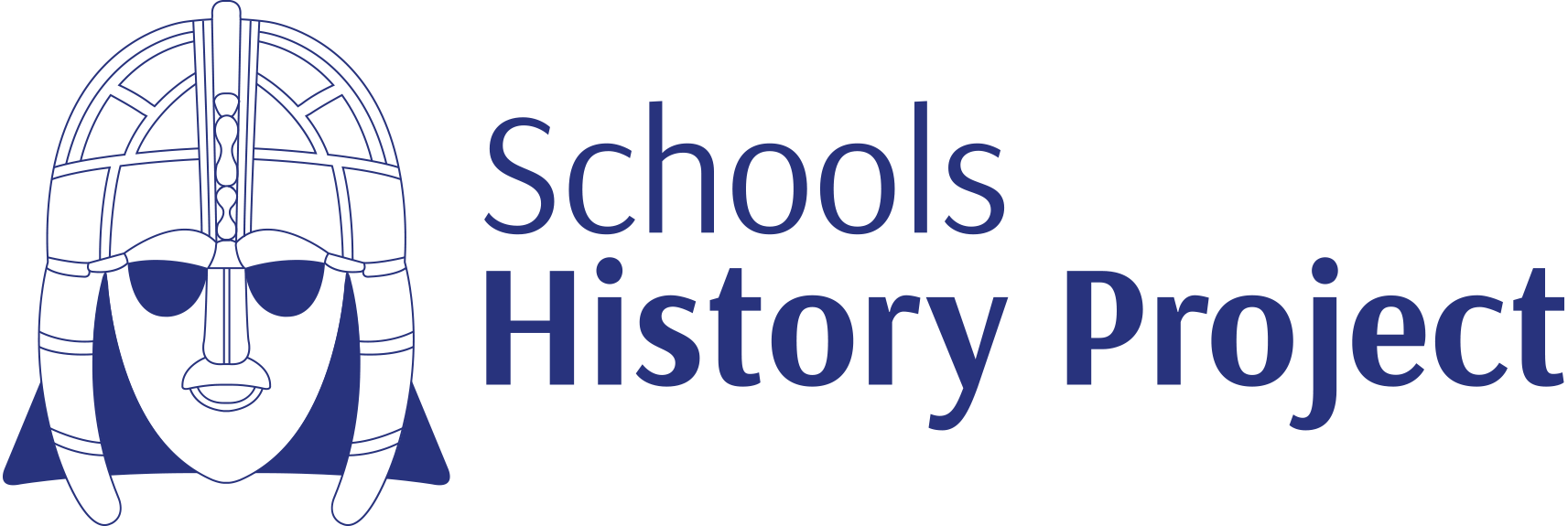In this post, Phil Arkinstall, Head of History at Hardenhuish School, Chippenham, explains his use of verbal rehearsals and a spruced-up inference diagram to help students build stronger arguments.
The Verbal Rehearsal
My aim was to improve the essay writing of Year 8. The issue was that in previous years students had struggled to write a decent ‘causes of the English Civil War’ essay; they were, however, very good at verbally identifying the causes and arguing among themselves. I took the idea of having them write an essay plan for homework using an interview sheet with prompts. The sheet included a range of questions which broke the traditional structure of the essay down into simpler parts. For example, “Why was Charles so disliked by Parliament?” On return to the classroom students sat in pairs and interviewed each other using a response crib sheet. On the sheet the student conducting the interview would take notes from the person being interviewed. After 10-15 minutes they swapped roles and eventually had a better understanding of the central issues of the question.
Afterwards, they were given the task of writing their essays having spent a lesson discussing with each other. The result was a marked improvement on previous essays. The next step is to build in verbal rehearsals for future essays, and encouraging students to argue their responses with a greater range of other students.
Layers of Inference with an IB twist
My aim was to make a template for the classic inference diagram that could be used with all year groups. We wanted to do this for consistency and to allow students to build on the same language and ways of interrogating a source (both written and visual). The inner box contains the image and the literal ‘describe what you see’ part. The next box asks students to explain ‘why the images/text were there’ and then the outer box has the following labels; ‘origin, purpose, value and limitation’. All of these are phrases from the source question on the Paper 1 International Baccalaureate exam. By dividing these into the four corners of the template, it allows students to take the provenance of the source and think about how this impacts upon the overall message and the value or the source. A final addition to the template is a box which can be used to extend even the most able students, where you can ask bigger questions such as “how does this source reflect the time period?”
By using the template throughout Year 7 to Year 11 students are progressively building up their source analysis skills. There is scope for differentiation as the students make progress: You could, for example, remove the outer questions for Year 7 and then introduce them into Year 8, or more able students could be challenged to complete all sections. Challenge students with the one sheet to have them aiming to complete sections that would be difficult to them as individuals. The end result is a hope that our students are more resilient with source work and use language more consistently when answering these type of questions at GCSE, A Level and IB.
